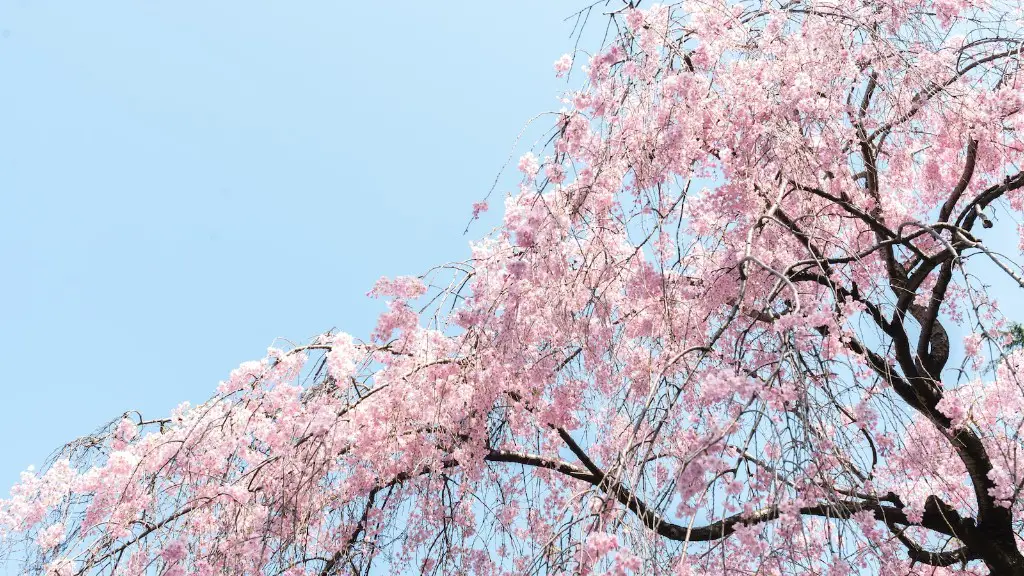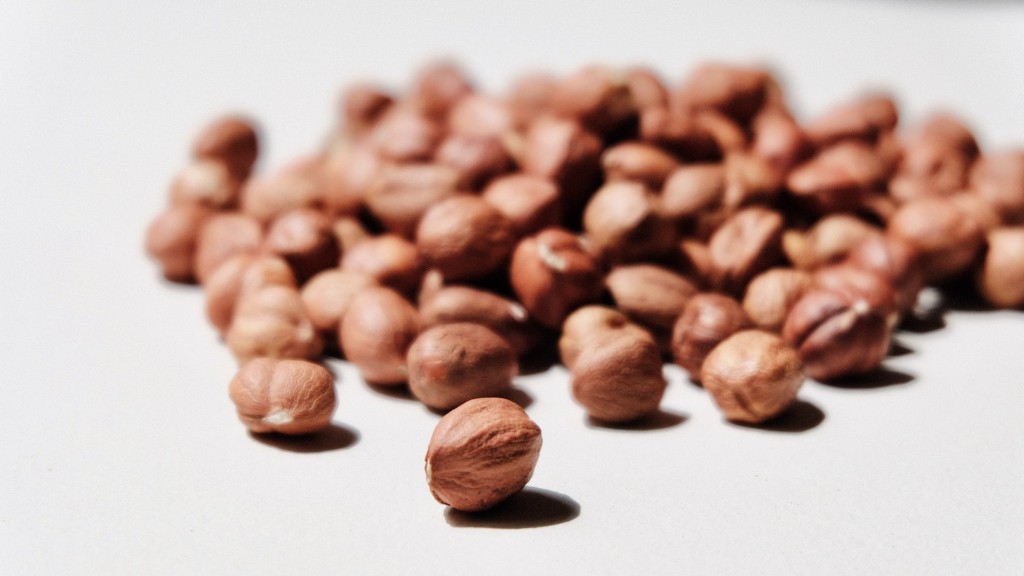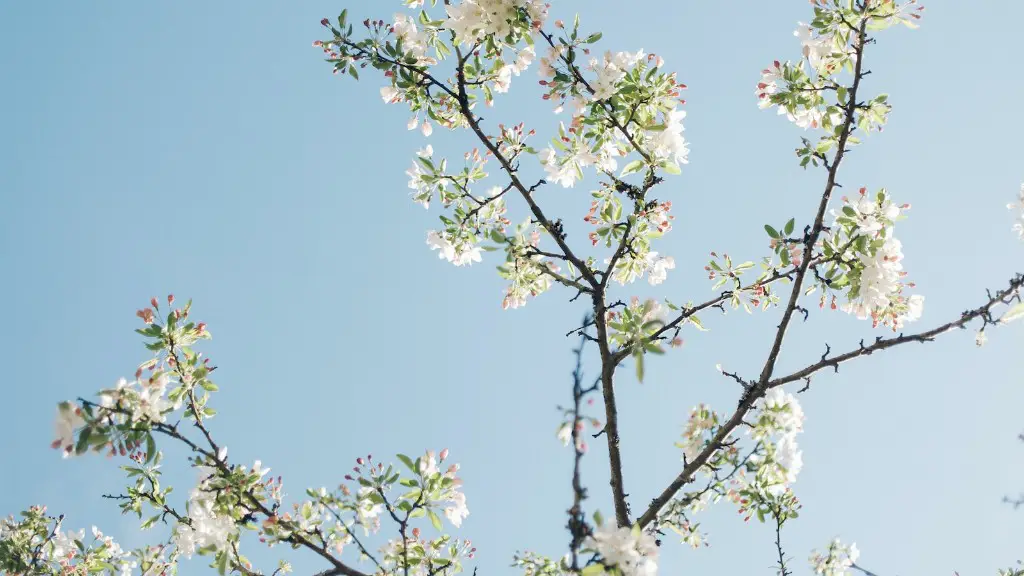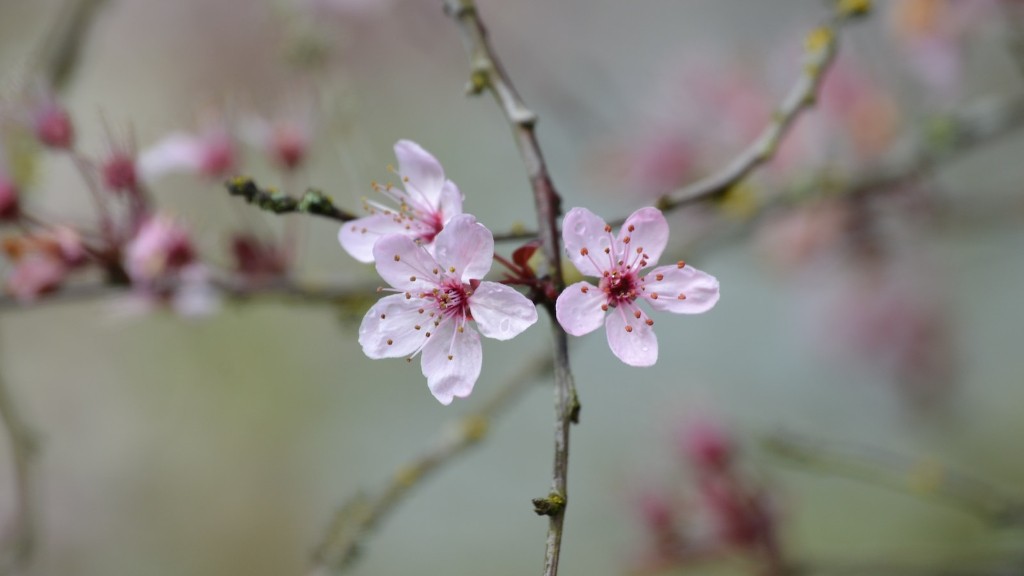If you have a cherry pit and the desire to grow your own cherry tree, you can absolutely do so! Cherry trees are generally easier to grow from a pit than other fruit trees, and you’ll be rewarded with lovely blossoms in the spring and delicious cherries in the summer. Here’s what you need to know to get started.
The answer is yes. You can grow a cherry tree from a cherry pit.
How long does it take to grow a cherry tree from a seed?
Growing a cherry tree from seed can take anywhere from 7 to 10 years before it bears fruit. However, if you graft a cherry tree seedling onto existing cherry tree stock, you can shorten the time to fruiting.
Pits should be set out on paper towels for about a week to dry out completely. Once dry, transfer to an air-tight container and store in the fridge for 10 weeks. Plant indoors, removing the container from the fridge and bringing to room temperature before planting two to three pits in a pot with well-draining soil.
What happens if I plant a cherry pit
Cherries are one of the many fruits that do not grow true to seed. This means that the tree that grows from a cherry seed will not be the same variety as the parent tree. There is a chance that the new tree will not be able to survive in the same climate or be resistant to local diseases. However, there is also a chance that the new tree will be a new and beautiful variety that bears tasty fruit. Either way, growing a cherry tree from a seed is a fun and rewarding experience.
Cherry seeds generally take 90 to 150 days to germinate after planting. However, this can vary depending on the seed and soil preparation, as well as the conditions under which they are grown.
Do you need 2 cherry trees to produce fruit?
If you are looking to plant a cherry tree for the purposes of pollination and fruit set, you will only need to plant one sour cherry tree. This is because many sweet cherry varieties cannot produce fruit from their own pollen and are considered self-unfruitful. These plants require cross-pollination from another variety in order to set fruit.
Cherry seeds can be stored in a number of ways. One way is to start with fresh cherries and remove the pits (seeds). Once the seeds are clean, allow them to dry in a warm, dry place out of direct sunlight for a few days. Another way to store cherry seeds is to wrap them in a slightly damp paper towel or sphagnum moss, then place them in a plastic bag or glass jar.
How many cherry pits does it take to grow a tree?
Following these simple instructions will help you successfully grow cherry seedlings. By putting two to three pits into a small container filled with planting medium and watering the seeds, you will create the ideal environment for them to germinate. Once the seedlings are 2 inches tall, thin them out by removing the weakest plants and leaving the strongest one in the pot. Keep the soil moist throughout the process to ensure optimal growth.
There are a few things to consider when pitting a cherry from the bottom. First, select a ripe cherry for pitting. Ripe cherries are usually plumper and juicier, which will make for a better finished product. Second, pit the cherry from the bottom up. This will leave your stem intact and your fruit nice and plump. Finally, enjoy your delicious cherry!
Can you cut a branch off a cherry tree and plant it
Cherry trees can be propagated by stem cuttings or grafting. Stem cuttings refer to any stem that is cut to produce a new plant. This new plant will be identical to the “mother plant”. Cherry trees are usually semi-hardwood (summer or fall) or hardwood cuttings (during dormant season when wood is hard and mature).
Container grown fruit trees are a great way to grow fruit in a small garden. With careful selection of cultivars and appropriate growing methods, it is possible to grow apples, cherries, pears and plums in containers. This is a great way to keep trees smaller than if they were grown in the ground.
What can you do with cherry pits?
Ways to Use Cherry Pits:
-Cherry Pit Vinegar
-Cherry Pit Heating Pad
-Cherry Pit Liqueur
-Cherry Pit Fuel / BBQ
-Cherry Pit infused Whipped Cream
-Cherry Pit Scrub
-Cherry Pit Fertilizer
You will need:
-Paper towel
-Small bowl
-Water
First, you’re going to place paper towel in a small bowl. And you’re going to wet them very well. After that, you can use them to clean up any spills or messes.
How do you crack cherry seeds
And what you want to do is take it a couple light taps And usually on the second tap the cherry will come off the stem and fall right into your waiting glass.
The Barbados cherry tree is a tropical tree that can grow up to 35 feet tall. The tree produces small, red fruits that are very sweet and tart. The fruits are commonly used to make jams, jellies, pies, and other delicious treats.
How can you tell if a cherry tree is male or female?
Hermaphroditic plants are those that have both male and female reproductive organs. This allows them to reproduce without the need for a partner. Other plants have separate male and female trees, which can be distinguished by looking at their flowers. Male trees have pollen-laden stamens, while female trees have egg-holding pistils.
Cherry trees are generally not too difficult to care for, and they will start bearing fruit in their fourth year. Dwarf cherry trees will start bearing fruit a year earlier. A mature, standard-size tart or sweet cherry tree will produce 30 to 50 quarts of cherries each year, while a dwarf tree will produce about 10 to 15 quarts.
Final Words
That is a common misconception! Cherry pits will not grow a cherry tree.
Yes, cherry pits can be used to grow a cherry tree. The process is called stratification and involves soaking the pits in water for a period of time to break down the hard outer shell. The pits can then be planted in pots or outdoors in the ground. With proper care, the cherry tree will grow and produce fruit.





